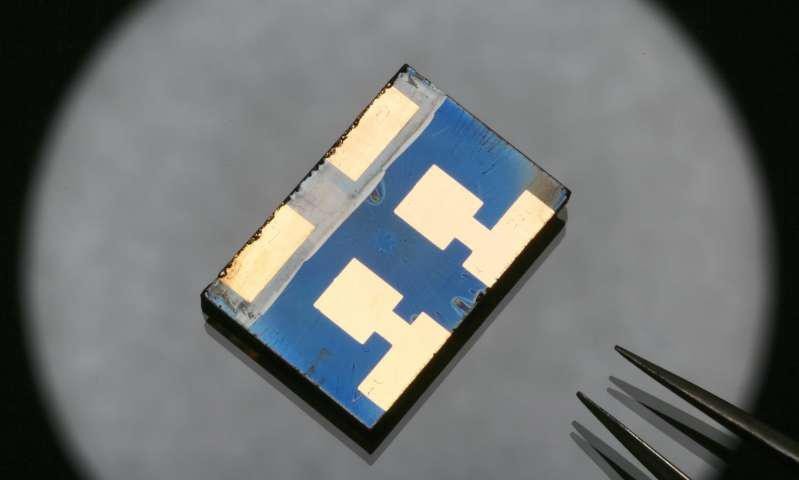Switzerland’s École polytechnique fédérale de Lausanne (EPFL) and Spain’s Universidad de Córdoba are conducting research into the stabilization of perovskite solar cells with the use of guanidinium.
According to their study, published in scientific review, Nature Energy, the stability of perovskite solar cells may be improved by applying a new kind of cations – large organic cations guanidinium (CH6N3+) – into the crystal structure of methylammonium lead iodide perovskites, which are now generally considered the most promising alternatives in the perovskites group.
The research team believes that while it has been successfully proven, applying inorganic cations like cesium or rubidium into the perovskite composition could be difficult and expensive to implement.
The scientists claim they have been able to show that the guanidinium cation inserts into the crystal structure of the perovskite, and enhances the material’s overall thermal and environmental stability, thus overcoming what is known in the field as the “Goldschmidt tolerance factor limit,” the indicator for the stability and distortion of crystal structures.
The research team said that the use of of guanidinium has improved the cell stability by over 19%, and that its performance was stabilized for 1,000 hours under continuous light illumination.
“Taking a standard acceleration factor of 2 for each ten degrees increase in temperature, an acceleration factor of 8 is estimated for 55 °C as opposed to 25 °C degrees. Hence the 1000 hours at 55°C equivalent would be 8000 hours. Our cells were subjected at 60°C, therefore the numbers could be even higher,” said project coordinator Mohammad Khaja Nazeeruddin, Valais Wallis.
“Assuming the equivalent of 6 hours full sunlight/day, or 250Wm-2 average irradiance (equivalent to North Africa) the total number of days are 1333, equals to 44.4 months and 3.7 years stability. However, for the standard solar cell accreditation a series of stress tests including temperature cycling and damp heat are also required,” he added.
This content is protected by copyright and may not be reused. If you want to cooperate with us and would like to reuse some of our content, please contact: editors@pv-magazine.com.




Are perovskite solar cell really cheaper to manufacture?